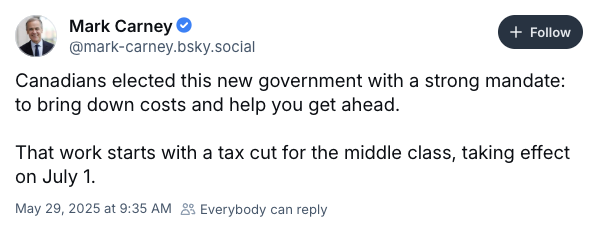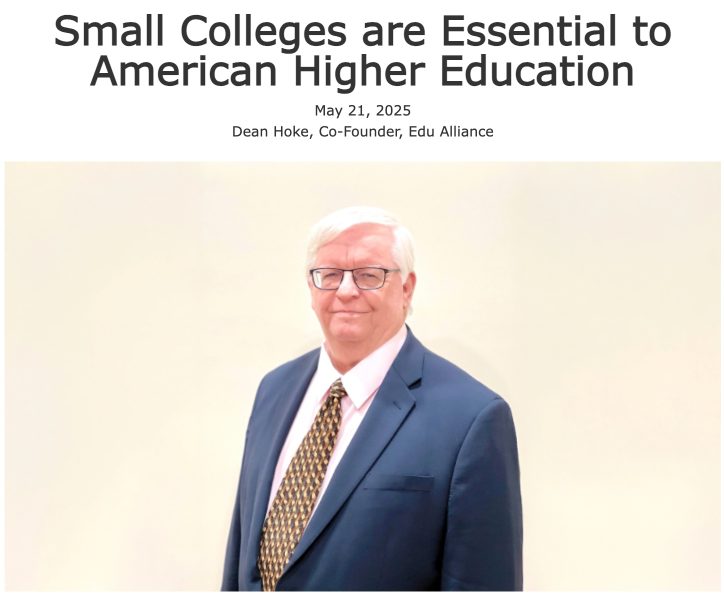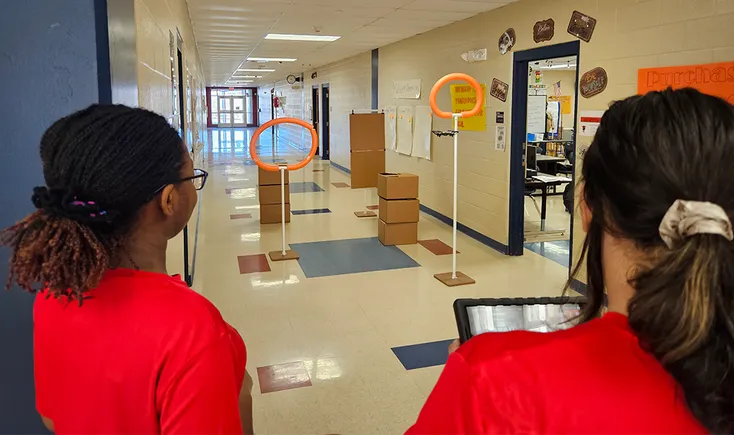The first major report of Universities UK’s transformation and efficiency taskforce – Towards a new era of collaboration – is a milestone in the ongoing national debate about unlocking maximum value from state investment in the higher education system.
Though “transformation and efficiency” is the headline, the focus of the group has largely been on collaboration – ways in which universities and other providers can work together, and ways in which government and regulators can make it easier for this to happen.
The drive for transformation came slowly at first and then all at once. The financial pressures on the sector – arising from Covid recovery, uneven patterns of student recruitment, rising pensions costs and erosion of the unit of resource for undergraduate tuition – are long standing (remember then chief of staff Sue Gray’s “shitlist” for the new government which featured the financial collapse of a large university?)
Why and how
The election of a new Labour government prompted the publication of the Universities UK Blueprint which hoped for a shift in relations between government and the sector based on effort on both sides to address the structural challenges facing higher education, of which a taskforce on transformation was one recommendation.
Even at the point of the formation of the taskforce, led by former University of the Arts London vice chancellor Nigel Carrington, there was a degree of scepticism about how feasible the promised “new era of collaboration” might be. Wonkhe and Mills & Reeve’s Only Connect report on the opportunities for cooperation in the English sector found an appetite in principle among university leadership for new models for collaboration, along with a sense that the cultural and regulatory barriers were so significant as to make meaningful exploration of those opportunities unlikely.
The taskforce, through a series of in-depth interviews with stakeholders, and detailed work with sector organisations, professional bodies and external experts, has therefore made an enormous stride forward in setting out the potential for system-wide change.
The case for change
There is a genre of departmental spending review submission called the “bleeding stumps” report, wherein civil servants offer up apocalyptic and or foolish ways in which spending constraints can be overcome – ex-DfE adviser Sam Freedman loves to tell the story of a pre-spending review report that suggested that pupils could attend school either in the morning or the afternoon.
What Universities UK has produced is pretty much the diametric opposite of this approach. While recognising the dwindling availability of cash, the impact of these circumstances is set out via the results of a survey conducted in May of this year. While this is pretty bleak reading – 55 per cent of universities are consolidating courses (94 per cent would consider in the next three years), 25 per cent have seen compulsory staff redundancies already (up 14 percentage points on last year) and 36 per cent are cutting student support services (77 per cent would consider) – it comes across neither as sensationalist nor overblown to reflect the way the sector is having to change.
The “would consider in next three years” column will be of most concern to the government, even beyond DfE: 79 per cent would consider cutting academic research activity, 71 per cent would be looking at cutting civic and local growth activity. To be clear this is based on a survey completed by 57 providers, so while it does show a concerning direction of travel you couldn’t expect a precise picture of what is happening on the ground everywhere.
One interesting nugget within this section is a call for sector stewardship – with OfS focusing on teaching through a market-based regulatory lens, and Research England acting as a research council UUK argues that no single body has an eye on the health of the sector as a whole with the ability to intervene where action is needed. The declining value of tuition fee income and other state support is part of the issue, but a rise in the number of providers and what is described as “an increasingly competitive environment” has played a part in many of the pressures universities are facing. As consultees told the taskforce:
the focus had shifted too far to the individual student or institution, even where that created conflict with wider national interests, including disadvantaging activity that could benefit economic objectives and wider society but may not translate into student demand, such as the provision of highly specialised skills to meet the needs of certain industries or the protection of universities playing important civic roles in parts of the country with higher levels of disadvantage.
Opportunities and actions
The taskforce’s findings are neatly split across seven “opportunities”, each with associated actions for university leaders, Universities UK itself, other organisations, and government:
- Pursuing innovative collaborative structures
- Sharing more services and infrastructure
- Leveraging sector buying power
- Supporting digital transformation
- Adopting a common approach to assessing efficiency and benchmarking costs
- Developing leadership skills in those mandated to deliver change and further improving governance
- Developing the current regulatory environment and supportive structures to help collaboration and transformation to go further, faster
Each is also supported by case studies (drawing primarily on existing work in the UK higher education sector, though the net is occasionally cast further afield) and indications of appetite from consultation respondees.
Collaboration and sharing
The case for university collaboration in the UK has been made with increasing frequency as the financial squeeze starts to make itself felt in profound ways. That said, there has been little tangible activity – the report points to longstanding structures such as the University of London federation, existing networks of research collaborations, and strategic working with local stakeholders. The taskforce adds the multi-academy trust-esque group structures employed by the (HE and FE) University of the Highlands and (cross sector) London South Bank to the list., and there is a nod to the world of sharing expensive research infrastructure too.
A third strand covers the sharing of infrastructure and services – major examples here include UCAS and the Jisc Janet network, alongside more specialist activity like Uniac on auditing services (further examples are worth digging into via the recent Jisc/KPMG report).
Though the big newsworthy two-become-one moments exemplified by ARU Writtle may be few and far between, what comes across powerfully is just how much of this stuff is going one, and the potential that exists to do more. One of the big gaps is expertise and understanding – tackling the legal, technical, and process aspects of joint working is not for the faint of heart and if this is the direction of travel both specialist staff and institutional leaders need to be clear and up to date on how this works. There’s scope for detailed advice and guidance (that the taskforce itself will produce) alongside an ongoing support function at Universities UK – we need regulatory tweaks to allow for innovation in organisational forms too.
The bigger asks are for a transformation fund, and specific advice from the Competition and Markets Authority (CMA) on what would constitute a breach of competition law in this space. The latter appears to be in progress – there was an encouraging blog post from CMA at the end of last week. The cost of transformation (ie investing in the infrastructure and systems that can enable efficiency) could, the taskforce suggests, arrive in a straightforward way by allowing universities to access a “small portion” of the existing £3.25bn Transformation Fund available to the public sector.
Spending and benchmarking
Taken as a whole, the higher education sector spends £20.1bn on operating expenses each year – much of the non-pay end of this happens via procurement processes at individual institutions. The cumulative impact of all this spending can often enable the sector to get a better deal, but this needs to be coordinated across multiple providers for the benefits to kick in. Initiatives like the UK University Purchasing Consortia and Jisc’s procurement on behalf of the sector are unlocking big, existing, savings – the report suggests savings of £116m via UKUPC, and £138m for the Jisc activity – taking maximum advantage of these proven schemes could drive further savings.
But there is potential to unlock even more – the work of the taskforce indicates that there is both scope and appetite for this kind of collaborative spending in information technology (ask your IT department, the cost of software licenses and cloud-based solutions are spiralling) and estates (bear in mind the maintenance backlog that the precarious financial environment has led to).
Another angle is making it easier to understand when your university is spending over the odds. Finance teams are very keen on benchmarking spending with comparable institutions – why should it cost more to do fundamental stuff than at the university down the road? – but it is difficult to access reliable and comparable data. There’s a suggestion that an Association of the Heads of University Administration (AHUA) organisational efficiency maturity model (basically best practice on understanding and reporting spending) could help get the sector on the same page, and that UUK could drive a more collaborative approach to sharing and using this data to drive savings.
Digital transformation
There’s any number of promises that the latest and greatest software can save your university time and money, but your IT director will tell you that such promises take substantial time and money to realise. The rise of large language model generative tools has unlocked another round of wild claims, and both institutional leaders and IT and administrative specialists are being asked to evaluate spending even more to make these efficiencies a reality. There’s so many questions – not least around whether your shiny new system will work with the systems and processes you already use.
The trouble is, understanding and implementing this stuff takes time and expertise at both specialist and leadership levels – and both are at a premium in higher education. Jisc is already supporting 24 providers in understanding and benchmarking their digital transformation maturity – helping, in essence, to understand where further help may be needed. There’s also a need to actively and meaningfully involve senior leaders, and to understand the digital competencies of staff and students. The taskforce calls for a wider roll-out of this maturity model, and for Jisc and UCISA to promote shared standards around software and processes.
Regulation and leadership
The need for an advancement in leadership skills runs throughout the taskforce report. Transformations like the ones advocated require competencies and knowledge that go far beyond business as usual, and correspondingly more is being asked of senior staff and governors – all of which comes alongside a more onerous (and fast-moving) regulatory regime that requires its own expanding set of skills.
The report is supportive of the current Committee of University Chairs (CUC) initiative to review university governance (via updating its current code for governors), and Universities UK proposes to facilitate ongoing and sector-led improvement activity.
There’s immediate stuff that can be done on cost pressures – there’s a specific ask of government on relaxing the rules that require some universities to enroll all staff onto the increasingly expensive teacher’s pension scheme (TPS), and a more general suggestions that the government avoid putting additional costs on the sector such as introducing new and unfunded expectations, or inventing new levies.
There is clearly scope to address the regulatory burden placed on the sector – one easy win would be to address the barriers to collaboration. Recent regulatory activity (particularly in England) has focused on individual providers – the recent shift in the OfS remit to consider the wider health of the sector offers scope to reestablish the idea of a “custodian” of the sector that could deliver on the long-term goals set all levels of government and by wider civic society.
What’s next?
This report marks the end of the first phase of Universities UK work on transformation and efficiency. Phase two will create an oversight group to keep an eye on the various asks from sector agencies and monitor both progress and impact. This is not in any sense a political report – though it is clearly politically useful – and it is clear that both UUK and the sector are in this for the long haul.
More broadly the report stands as another signal to government that the sector is prepared to go further and faster on transformation and collaboration that has previously been the case – but there is a clear desire for a reciprocal “vision” or plan from government around which the sector can do, ideally backed up with some investment in that vision.
The rather dour communications that have so far issued from DfE on HE reform and funding suggest that the government is not yet prepared to give the sector a full-throated endorsement, but there is scope for that to change following next week’s spending review and the publication of the post 16 education and skills and HE reform white paper this summer.
Economic circumstances notwithstanding the policy agenda in the next few months will set a course for HE for the rest of this parliament and beyond – it would be a real own-goal not to seize the opportunity to work with the sector to get things onto a firmer footing.










